In recent years, there has been a noteworthy trend in homeownership: single women are becoming homeowners at a higher rate than single men. Despite the gender pay gap, which sees women earning 83.1 cents for every dollar earned by men, single women have taken the lead in homeownership.
What We Learned

In this comprehensive analysis provided by Lending Tree and Pew Research, we delve into the factors contributing to this phenomenon, explore the states with the largest share of single-women homeowners, examine the states where single men have a stronger presence in homeownership, and provide valuable tips for women homebuyers.
What The Data Says
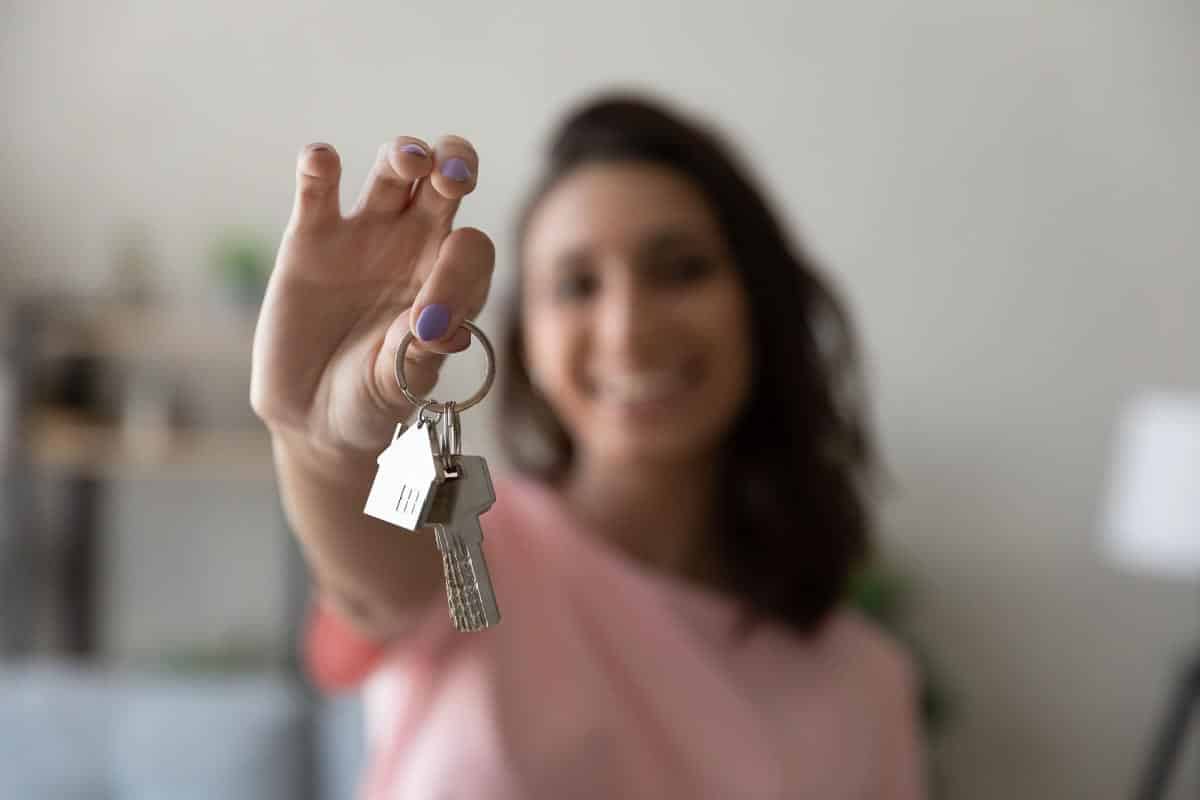
Recent data from the U.S. Census Bureau reveals that as of 2022, single women held the majority, accounting for 58%, of the nearly 35.2 million homes owned by unmarried Americans. In contrast, single men owned 42% of these homes. While this data paints a clear picture of the present, it’s essential to delve deeper into the factors driving these homeownership patterns and their historical context.
Data Sources and Definitions

This analysis relies on data primarily sourced from the Current Population Survey/Housing Vacancy Survey, with figures published by the Census Bureau. It’s important to clarify that a “single household” is defined as one headed by an unmarried person, regardless of who else resides in the household.
A Look At The Gender Pay Gap & Median Income
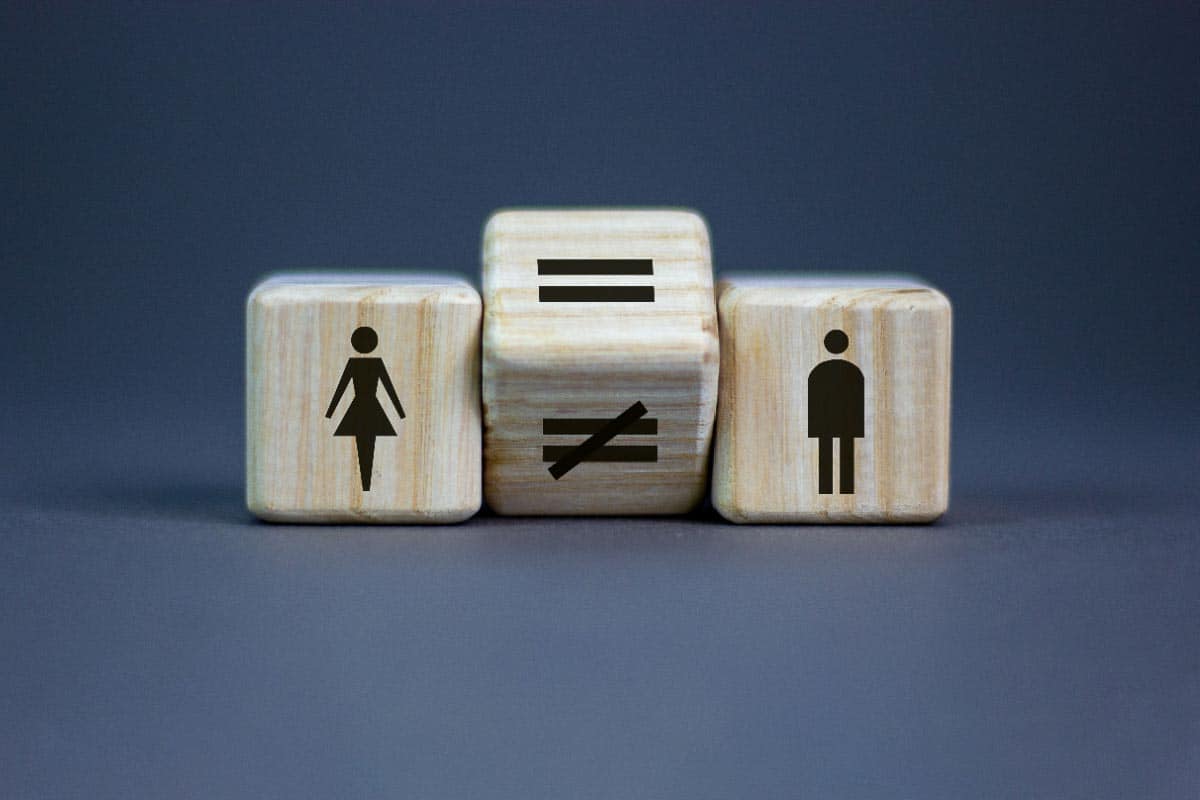
The gender pay gap among employed single household heads is based on an examination of the 2019 Current Population Survey monthly outgoing rotation group files (IPUMS). This calculation considers the median hourly earnings of both part-time and full-time workers, focusing on those classified as single household heads.
Median income and wealth figures are based on the 2019 Survey of Consumer Finances (SCF), conducted by the Federal Reserve Board. This triennial survey offers insights into the financial landscape of American households.
The Historical Perspective: Are Men Gaining Ground?

To better comprehend the evolving dynamics of homeownership among single Americans, it’s crucial to consider historical trends. In 2000, single women owned 64% of the almost 25 million homes owned by unmarried Americans, while single men owned 36%. This data underscores the fact that the gender gap in homeownership has fluctuated over the years.
Understanding the Homeownership Edge: It’s A Numbers Game

The homeownership advantage that single women currently hold over single men is influenced more by their numbers than their economic power. This is particularly true among older Americans, who are more likely to own a home.
Age Also Something To Do With It
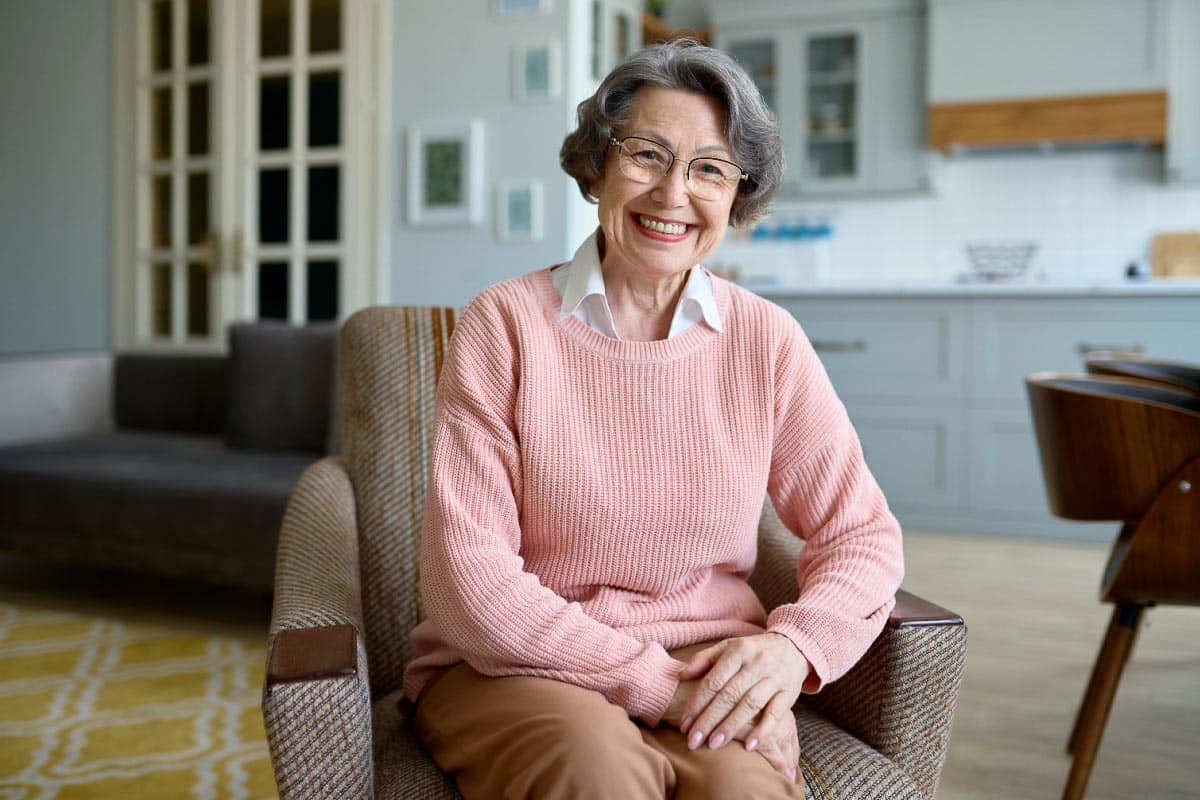
For instance, approximately 70% of single household heads aged 65 and older own their homes, compared to 44% among those aged 35 to 44. Among unmarried household heads aged 65 or older, there are approximately 6 million more women than men.
Women Also Live Longer

One possible explanation for this demographic skew is that women in the U.S. tend to have longer life expectancies than men. As a result, older age groups, which include widowed individuals, have a higher proportion of women.
Economic Considerations: Women Do More With Less
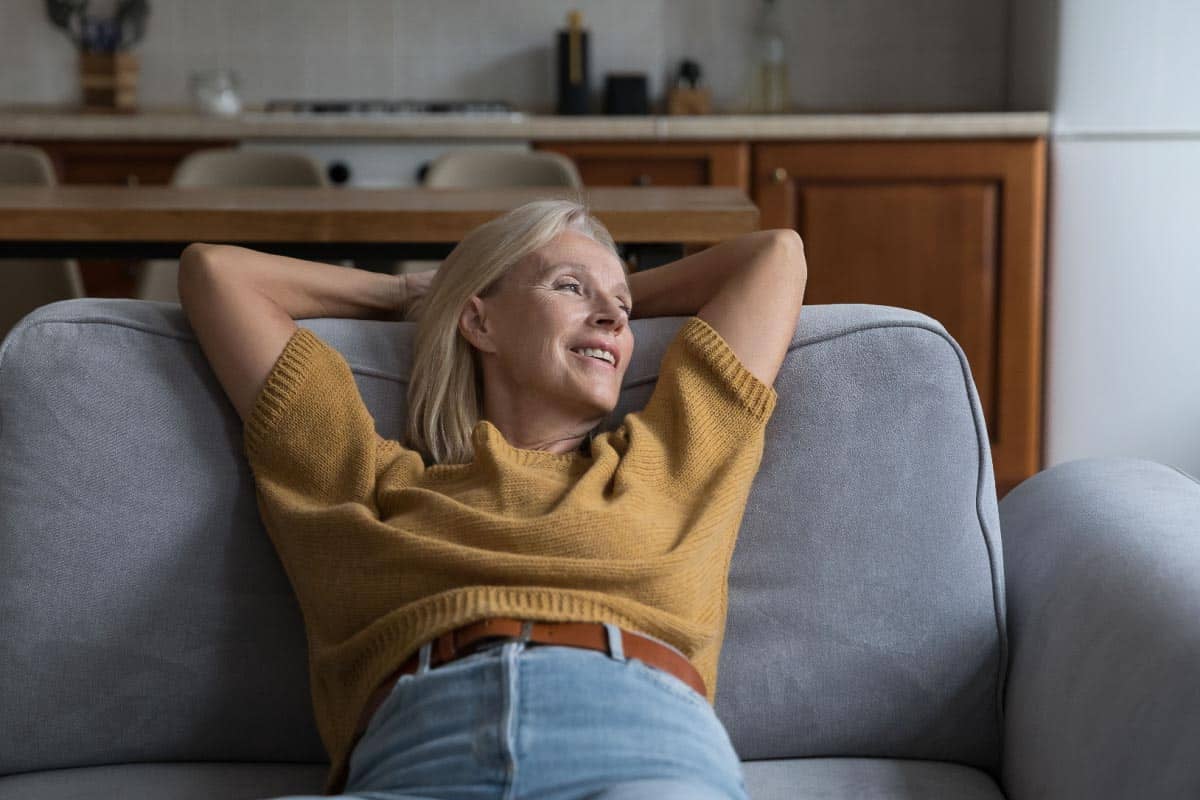
While single women may outnumber single men in homeownership, economic considerations paint a different picture. Among all employed single household heads, women earned approximately 88% of what men earned in 2019. The median income for households headed by single women was notably lower ($49,400) than that of households led by single men ($61,700).
Moreover, households headed by single women also tend to have slightly less wealth, or net worth, compared to those led by single men.
The Changing Landscape: Closing The Gender Gap

One of the key takeaways from this analysis is that the gender gap in homeownership among single Americans has narrowed in recent years. Single women no longer significantly outnumber single men among older household heads. Currently, women account for about two-thirds of single household heads aged 65 and older, down from three-quarters in 2000. This shift may be attributed to changes in life expectancy, with the gender gap in longevity gradually diminishing over time.
Younger Female Buyers Are Entering The Market

In certain U.S. metros, women under 30 earn at least as much as men, and in some cases, more, which can positively impact their ability to become homeowners.
Travel writer Ashlee Fechino shares, “I bought my first home when I was 22 and single. Thankfully, I had a high-paying job and lived in an area that was affordable at the time.”
States with the Largest Share of Single-Women Homeowners

On average the gender gap in these states is around 4%.
Louisiana
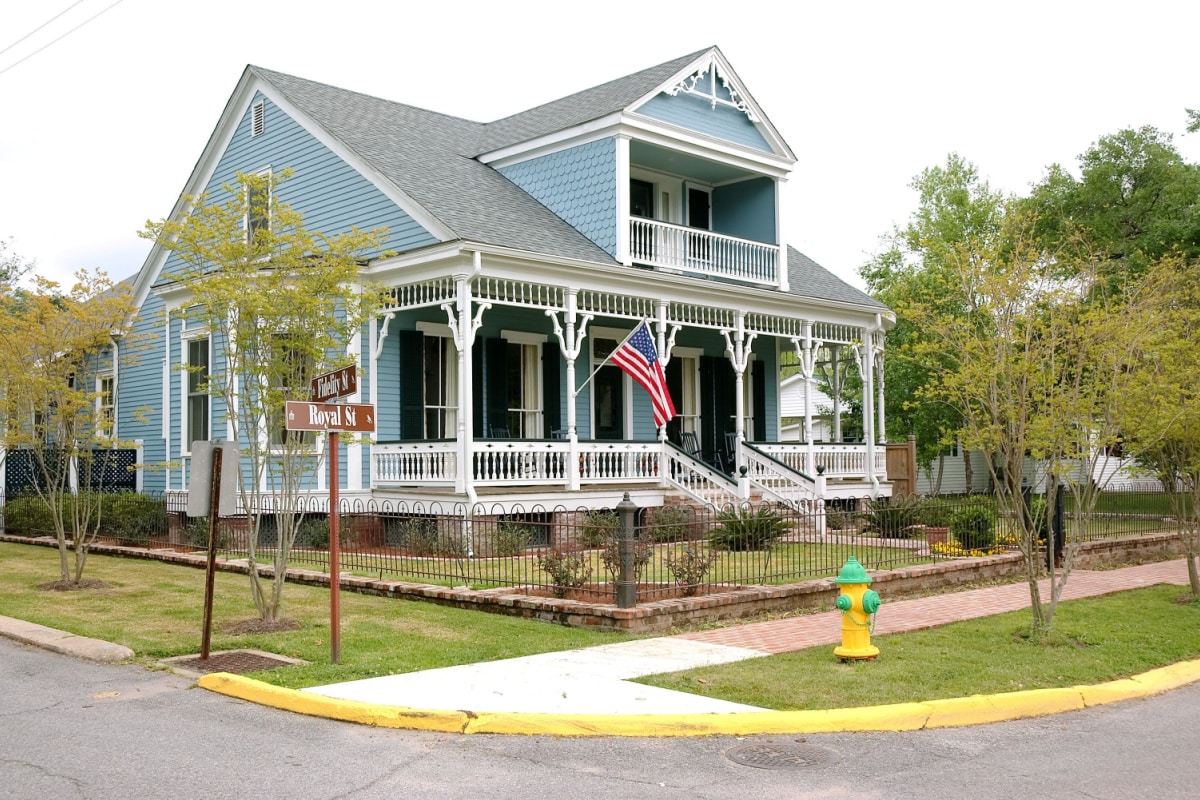
- Owner-occupied households: 1,202,510
- Households owned by single women: 15.16%
- Households owned by single men: 10.94%
- Gender gap: 4.22%
Alabama
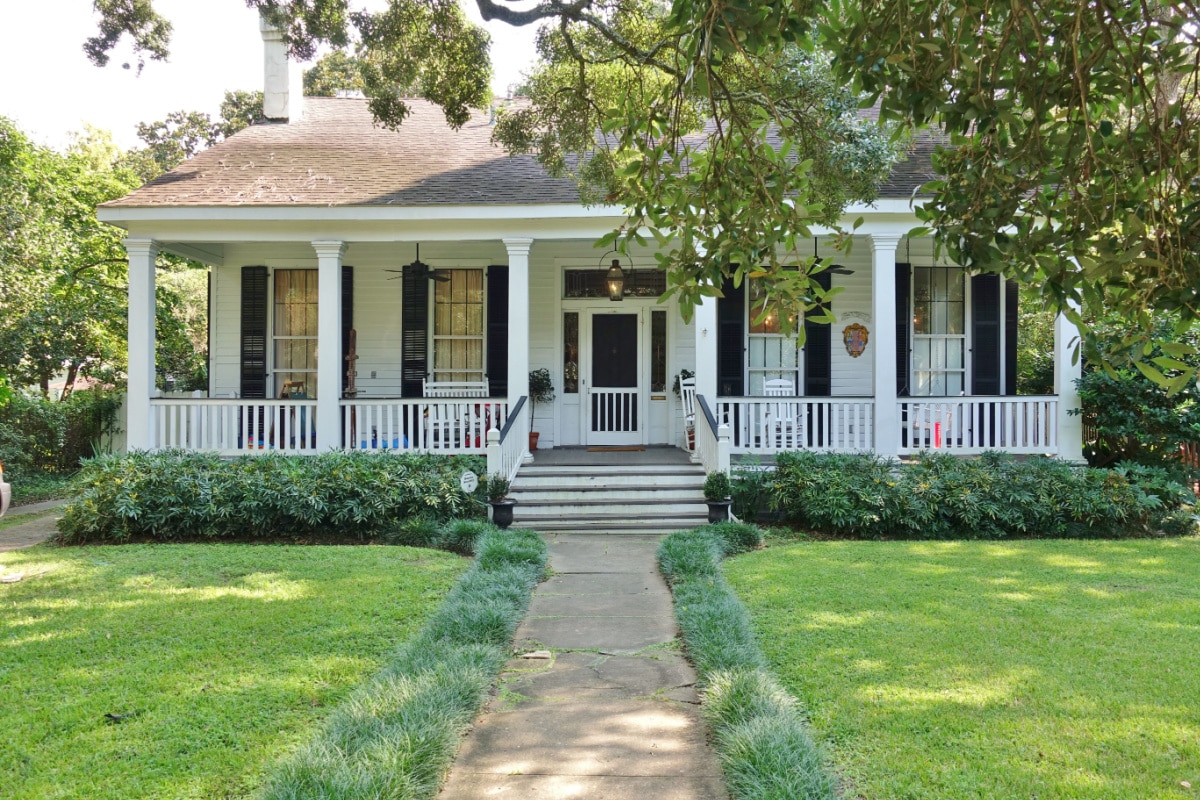
- Owner-occupied households: 1,379,476
- Households owned by single women: 14.98%
- Households owned by single men: 10.85%
- Gender gap: 4.13%
South Carolina
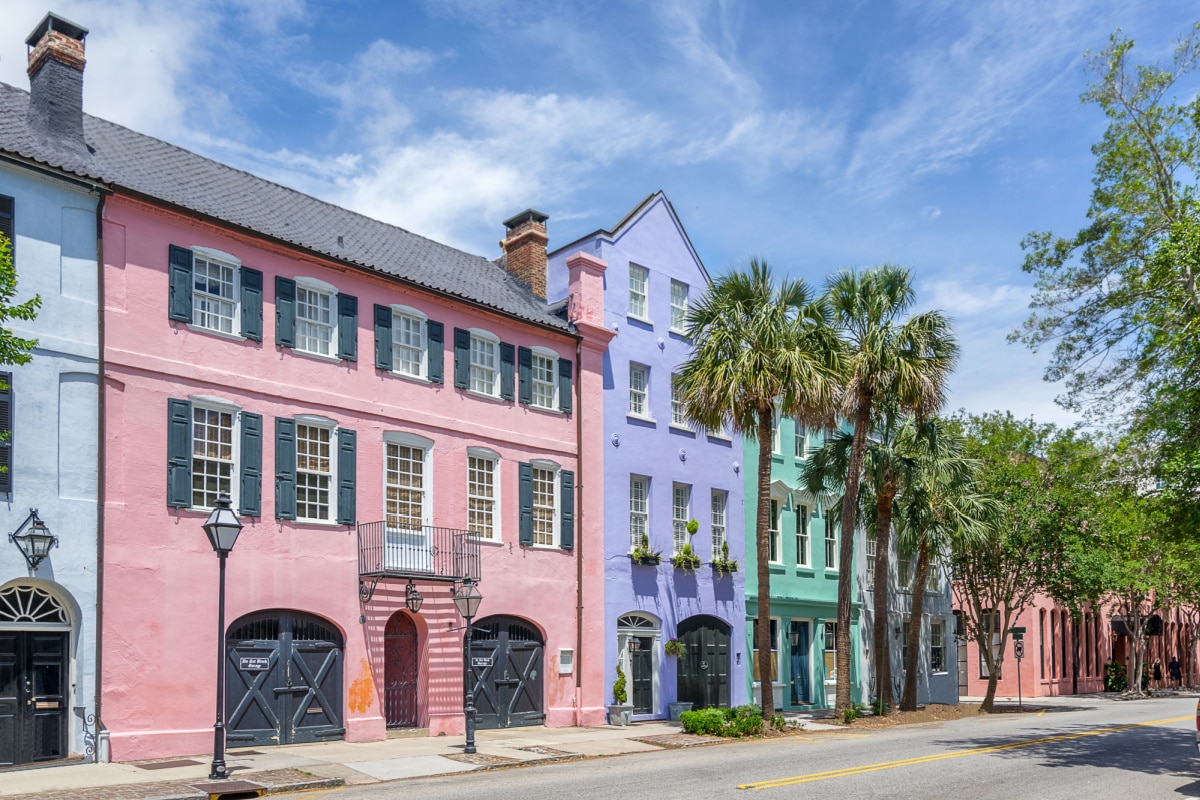
- Owner-occupied households: 1,473,543
- Households owned by single women: 14.84%
- Households owned by single men: 10.65%
- Gender gap: 4.19%
States with the Largest Share of Single-Men Homeowners

On average in these states the gender gap is far smaller at no more than 1.62%
North Dakota
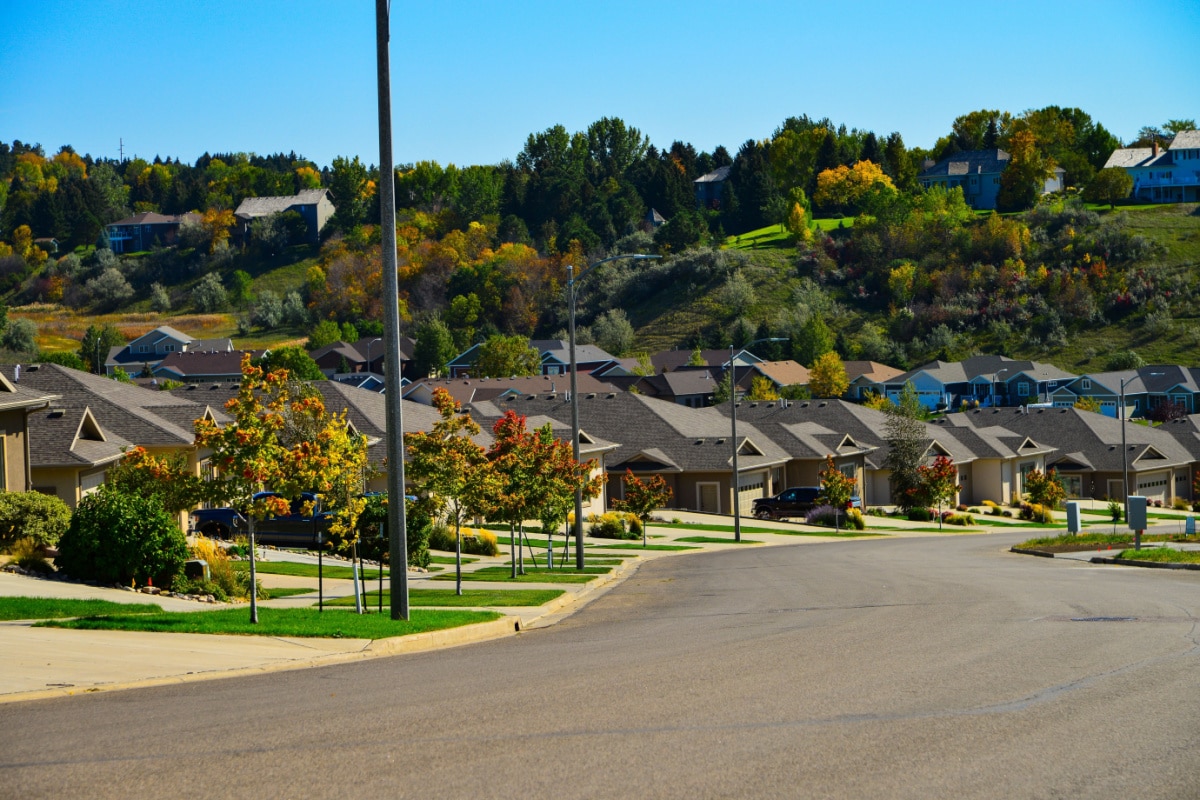
- Owner-occupied households: 204,325
- Households owned by single men: 12.70%
- Households owned by single women: 11.08%
- Gender gap: -1.62%
Wyoming
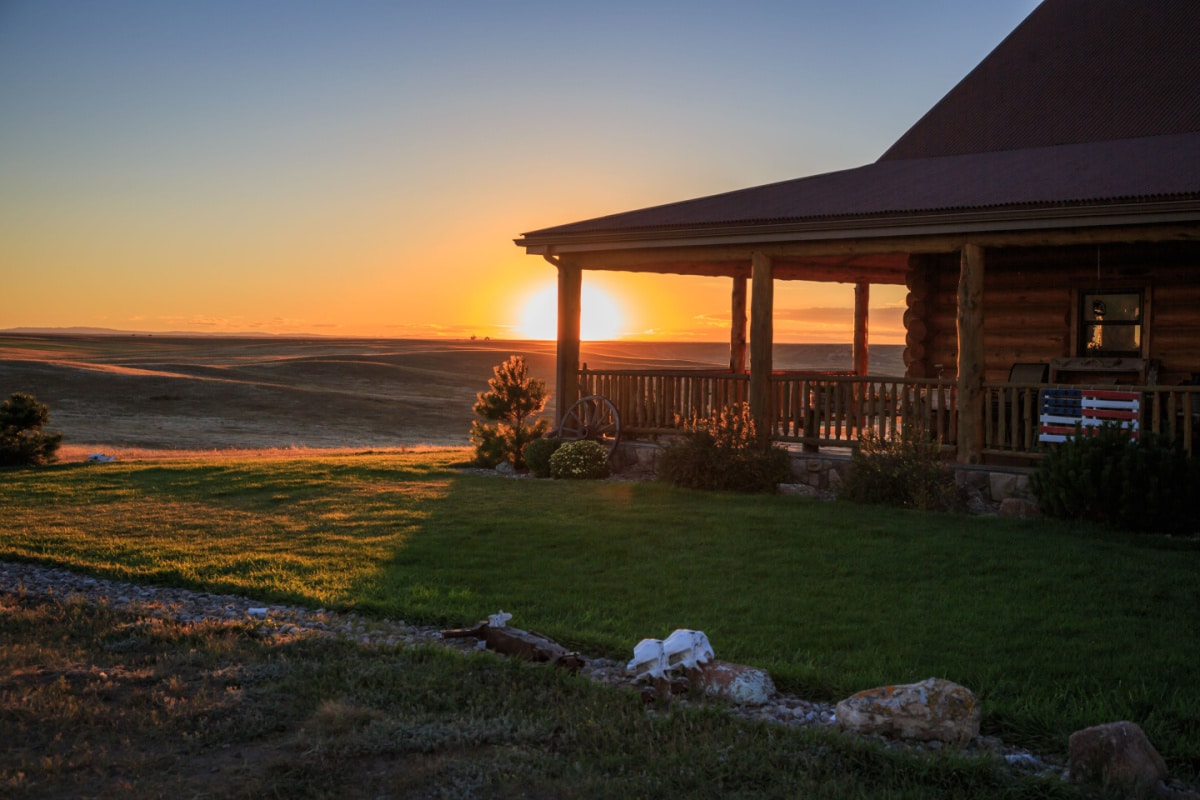
- Owner-occupied households: 173,177
- Households owned by single men: 12.06%
- Households owned by single women: 12.45%
- Gender gap: 0.39%
South Dakota
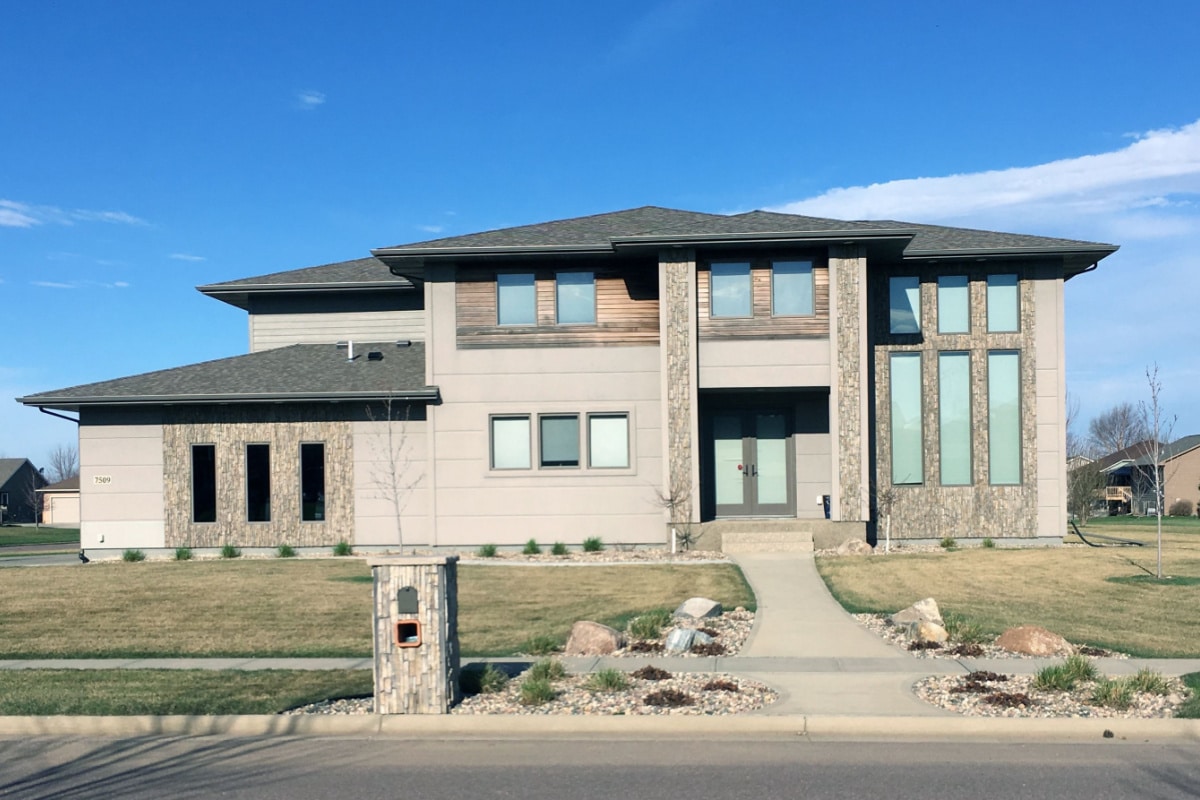
- Owner-occupied households: 243,363
- Households owned by single men: 11.97%
- Households owned by single women: 11.29%
- Gender gap: -0.68%
Tips for Women Homebuyers

While single women are increasingly becoming homeowners, it’s essential to navigate the homebuying process wisely:
1. Shop Around for a Mortgage Lender: Different lenders offer varying rates, so it’s crucial to compare options to secure a favorable mortgage rate.
2. Plan Your Finances: Carefully assess your financial situation to ensure that homeownership is within your budget. Calculate your monthly mortgage payments and budget accordingly.
3. Know Your Rights: Discrimination based on gender is illegal. If you believe you’ve faced discrimination during the homebuying process, you can file a complaint with the appropriate authorities.
Melanie Allen, a personal finance expert at Partners in Fire who has owned three homes on her own, says women considering homeownership should go for it. “Buying my first home was terrifying, but I’m so glad I did it,” she said. “Homeownership increased my net worth and put me on the path to financial independence.” Allen also cautions women to take their time while shopping for a new home and keep realistic expectations aligned with their budgets. “You will not find a house with everything you want, but you can find one that fits your needs,” she adds.
Trends Are Subject To Change
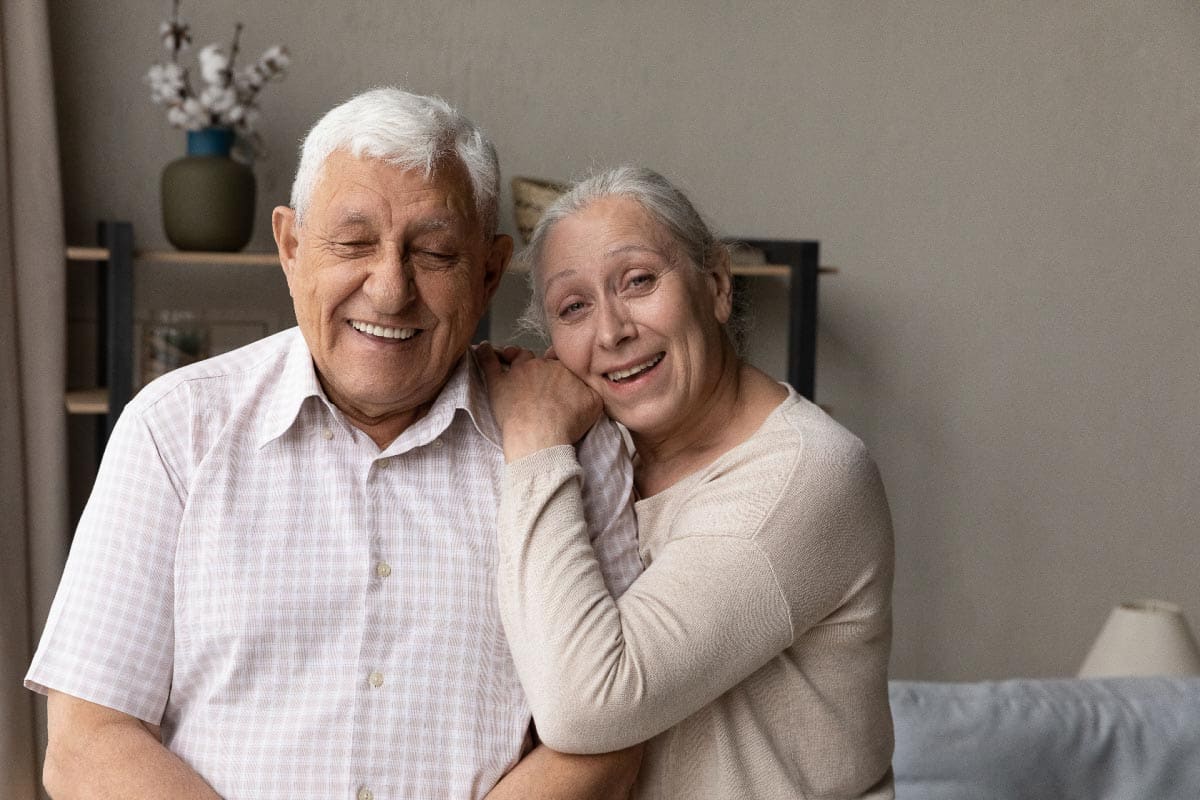
In conclusion, the dynamics of homeownership among single Americans are influenced by a complex interplay of demographic, economic, and societal factors. While single women currently have a higher homeownership rate, the narrowing of the gender gap in older age groups suggests that these trends are subject to change.







